Kimchi is a staple side dish in Korean cuisine that is both healthy and delicious. Made by fermenting vegetables like napa cabbage in a spicy, umami-rich brine, kimchi is packed with flavor, vitamins, and gut-healthy probiotics.
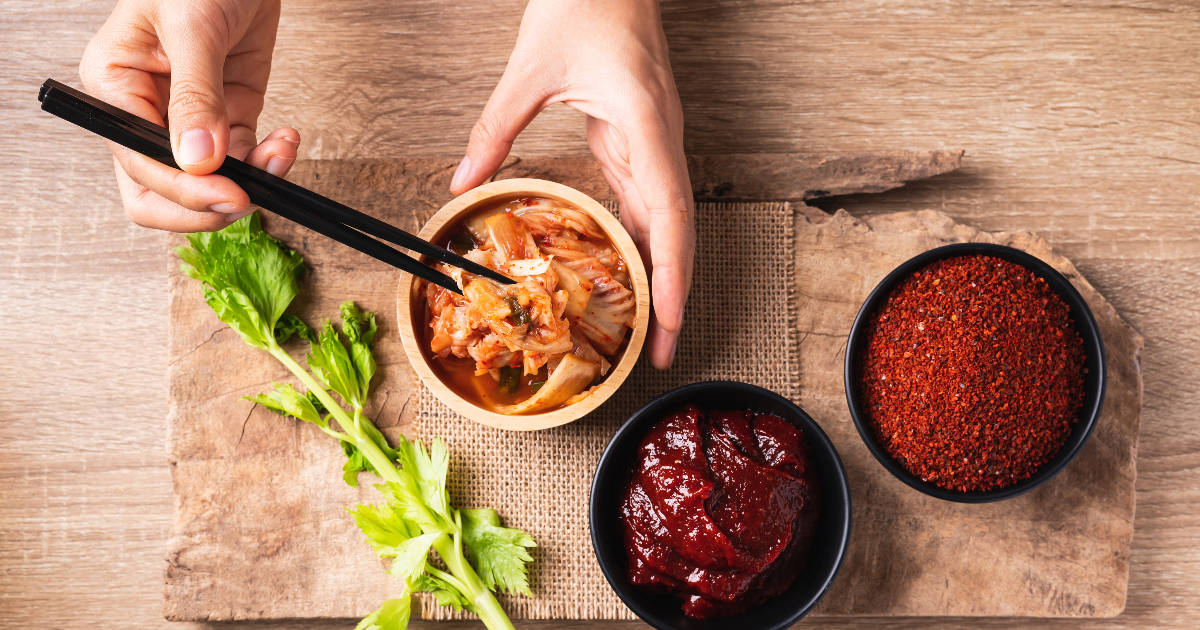
While there are many types of kimchi, the most common version is made with napa cabbage and a bright red seasoning paste called gochujang. Gochujang is a thick, pungent Korean chili paste that gives kimchi its signature spicy kick and red hue. When mixed with other aromatic ingredients like garlic, ginger, fish sauce, and fermented shrimp, gochujang transforms humble napa cabbage into the flavor powerhouse known as kimchi.
If you love spicy food and want to experience authentic Korean flavors, read on to learn how to make homemade gochujang kimchi step-by-step.
Brine the Napa Cabbage for Crispiness
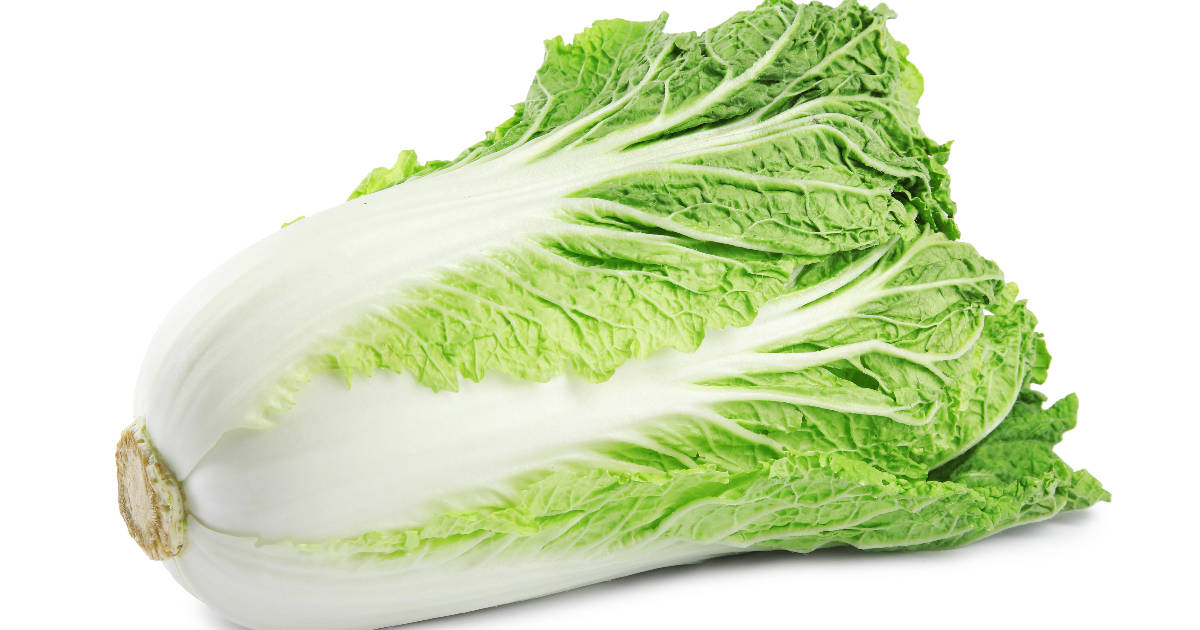
To start, you’ll need 1 medium napa cabbage (about 3 pounds). Remove any damaged outer leaves. Then, cut the cabbage in half lengthwise through the core. Cut a slit 2 inches above the stem on each half to help loosen the leaves.
Next, dissolve 1/2 cup kosher salt in 4 cups of water to make a brine. Dunk the cabbage halves in the brine, making sure the liquid gets between all the leaves. Let the cabbage soak for 2 hours, turning every 30 minutes. The salt will help draw out moisture from the cabbage, resulting in a crisper kimchi texture.
After 2 hours, rinse the cabbage under cold water. Then cut each half into quarters, remove the cores, and give another final rinse. Set aside to drain well.
Make a Chili Paste with Gochujang
While the cabbage brines, make your gochujang chili paste. In a blender, combine 1/2 cup gochujang paste, 4 cloves minced garlic, 1 tablespoon minced ginger, 2 tablespoons fish sauce, 1 tablespoon chopped salted shrimp, and 2-3 tablespoons water. Blend until smooth. This will make a thick, spicy paste infused with umami flavor.
Gochujang is sold in tubs at Asian grocery stores or online. The miso-like texture and complex, savory taste makes it ideal for kimchi. For a very spicy kimchi, use extra gochujang. For milder heat, add less.
Mix the Chili Paste with Vegetables
Now it's time to bring all the components together. Place the drained cabbage quarters in a large bowl. Add 1 cup julienned carrot and 1/2 cup chopped green onion.
Pour the gochujang paste over top and use gloved hands to thoroughly coat the cabbage and vegetables. Really massage the paste into every leaf and crevice so it's fully distributed.
Taste and adjust seasoning if desired. For saltier kimchi, add a pinch more fish sauce. For an extra kick, sprinkle in more gochujang powder or gochugaru (Korean red chili flakes).
Pack into Jars and Ferment
Stuff your spicy cabbage mixture into airtight jars or containers, pressing down firmly and eliminating air pockets. Top with brine if needed to submerge ingredients.
Cover the jars loosely to allow gases to escape. Then, leave out at cool room temperature for 1-5 days. As it ferments, bubbles will rise and the kimchi will develop sour, tangy flavors.
Once it reaches your desired sourness, transfer the kimchi to the fridge, where fermentation will slow down but continue. Enjoy your homemade gochujang kimchi for up to 6 months!
Customize Your Kimchi Creation
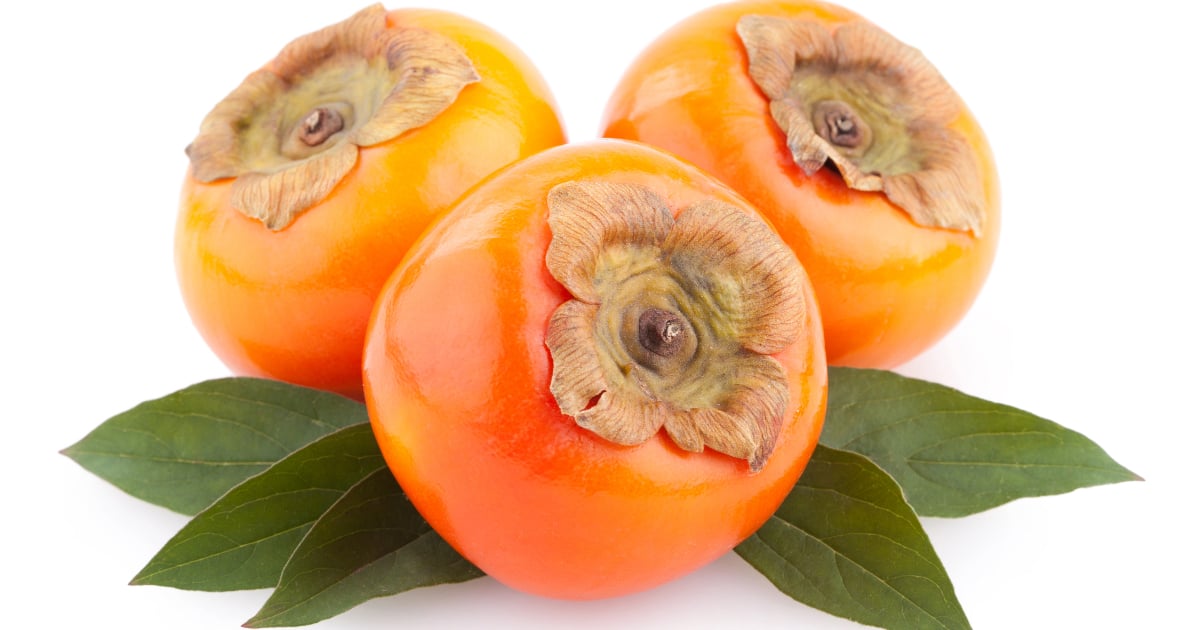
Part of the fun of making kimchi at home is customizing it to suit your tastes. Try these easy additions:
- Korean radish matchsticks - Adds crisp texture
- Asian pear - Contributes natural sweetness
- Scallions - Bright, fresh flavor
- Garlic chives - Subtle garlicky essence
- Pureed persimmon - Sweetness without sugar
- Salted shrimp - Umami burst
- Anchovy broth - Savory richness
- Gochugaru flakes - Extra heat and red color
You can also substitute other vegetables like radish, cucumber, or bok choy for part of the cabbage. The possibilities are endless!
Enjoy Kimchi Many Ways
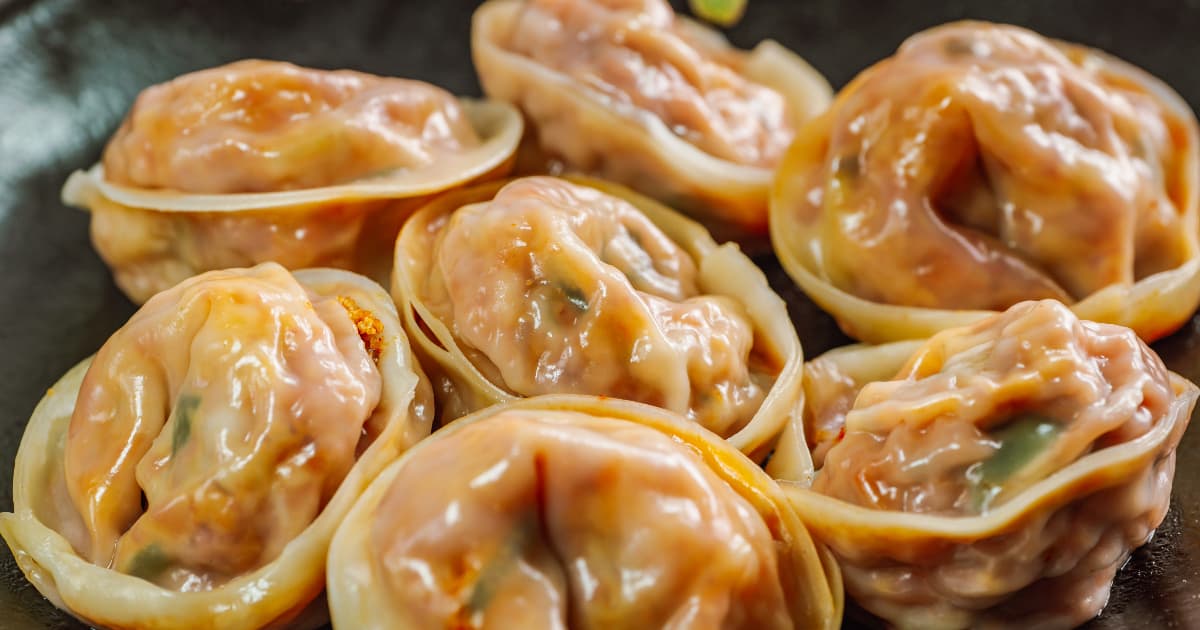
Once you've made a batch of gochujang kimchi, experiment with incorporating it into various Korean dishes:
- Kimchi-jjigae - Kimchi stew with tofu and pork
- Kimchi fried rice - Kimchi and rice stir-fried together
- Kimchi pancake (kimchijeon) - Crispy savory pancake with kimchi
- Kimchi mandu - Fried dumplings stuffed with kimchi
- Bo ssam - Wrapped pork belly with kimchi and herbs
- Kimchi grilled cheese - Melty cheese sandwich with kimchi
- Kimchi quesadilla - Quesadilla with cheese and kimchi
A side of kimchi also perfectly complements any Korean barbecue or hot pot meal. The possibilities are endless with this versatile fermented condiment!
Troubleshooting Your Kimchi
Making homemade kimchi is fun and rewarding, but there can be some tricky aspects. Here are solutions to common kimchi issues:
- Not sour enough? Allow to ferment longer at room temp.
- Too sour? Refrigerate to slow fermentation.
- Too mushy? Rinse cabbage well after brining.
- Too dry? Add more brine to the jar.
- Too salty? Soak cabbage for less time when brining it.
- Does the jar explode? Don't seal lids too tight.
- Bad smell? Discard the batch and start over.
Don't get discouraged with any kimchi flops. Part of the process is perfecting your ideal spicy gochujang kimchi through trial and error.
The Health Benefits of Kimchi
Beyond being utterly addictive, kimchi boasts an impressive array of health perks:
- Probiotics - The fermentation process creates gut-healthy lactobacilli bacteria.
- Vitamin C - Kimchi is packed with immune-boosting vitamin C.
- Fiber - It provides a good amount of dietary fiber.
- Antioxidants - The spices contain antioxidants that reduce inflammation.
- Digestion - Fermented kimchi aids healthy digestion.
- Spicy capsaicin may boost metabolism.
Indeed, kimchi is regarded as a superfood in Korean culture. So whip up a batch of homemade gochujang kimchi and your body will thank you!
What's the difference between gochujang and gochugaru?
Gochujang and gochugaru are two common ingredients used in Korean cooking that are easy to confuse. Gochujang is a thick, sticky Korean chili paste made from fermented soybeans, rice, and chili peppers. It has a deep red color and adds sweet, spicy, and umami flavor to dishes like kimchi and bibimbap. Gochugaru is a Korean red chili pepper flake made by drying and crushing chili peppers into flaky powder. It provides pure heat and red color without the sweetness of gochujang. For making kimchi, gochujang is the key ingredient for the paste, while gochugaru can be sprinkled on for extra spiciness.
Why does kimchi need to ferment?
The fermentation process is what gives kimchi its unique sour, funky, and umami-rich taste. As the kimchi's vegetables, spices, and brine sit at room temperature, naturally occurring lactobacilli bacteria feed on the sugars and starch, lowering the pH and producing lactic acid. This gives kimchi its signature tanginess. Fermentation also develops complex savory flavors and creates probiotics that aid digestion. Kimchi can be eaten fresh, but allowing it to ferment for 1-5 days elevates the flavors tremendously.
How long does homemade kimchi last in the fridge?
Properly fermented and stored kimchi can be kept for months in the refrigerator. The cool temperature slows down fermentation so the flavors remain balanced, without over-ripening. Make sure kimchi is submerged under brine while fermenting and storing. Keep refrigerated kimchi in a tightly sealed container to prevent air exposure. As long as the kimchi still tastes and smells pleasantly sour, it is safe to eat. Discard if you see any mold. With optimal fridge conditions, homemade kimchi lasts 4-6 months.
Can I customize my kimchi recipe?
Absolutely! Once you learn the basic method for making kimchi, there are endless ways to put your own spin on it. Switch up the main vegetable, play with fermentation time, add other seasonings, vary the paste ingredients, or mix in creative additions. Cater the kimchi to your tastes by adjusting spice level, sourness, crunch, and more. Popular customizations include adding pureed Korean pear, manila clams, dried anchovies, radishes, scallions, garlic chives, shredded carrots, and much more!
What's the best way to eat homemade kimchi?
Homemade kimchi is incredibly versatile in Korean cuisine. Enjoy it raw on small sides, or cook with it in stews like kimchi-jjigae. You can add kimchi to dumplings, pancakes, fried rice, noodles, and more. Koreans also love ssam - wrapping meat and kimchi in lettuce leaves. For a fusion twist, add kimchi to sandwiches, tacos, pizza, pasta, omelets, and beyond. Both the flavored brine and the vegetables themselves can be used. Try kimchi in whatever creative ways inspire you!
Conclusion
Making your own kimchi at home is easy, fun, and far superior to store-bought versions. With an aromatic blend of gochujang, garlic, ginger, fish sauce, and vegetables, you can craft a probiotic-rich fermented condiment that perfectly suits your taste preferences. Adjust the ingredients to create the ideal balance of spice, sour, sweet, and salt for your palate. Once you dial in the flavors you love, you can enjoy homemade gochujang kimchi for months on end!
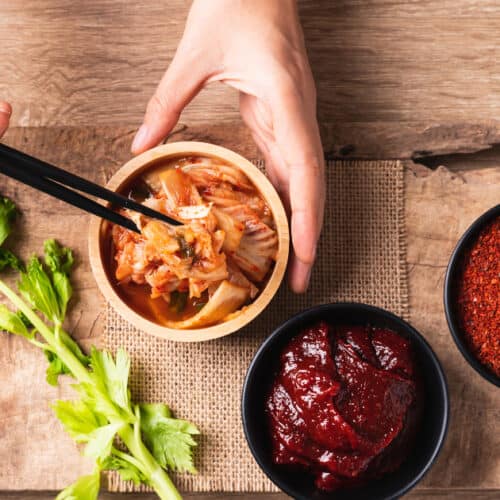
Gochujang Kimchi
Ingredients
- 1 medium napa cabbage (about 3 lbs)
- 1/2 cup kosher salt
- 4 cups water for brine
- 1/2 cup gochujang
- 4 cloves garlic, minced
- 1 Tbsp minced ginger
- 2 Tbsp fish sauce
- 1 Tbsp salted shrimp
- 2-3 Tbsp water
- 1 cup julienned carrot
- 1/2 cup chopped green onion
- Additional vegetables like radish or Asian pear (optional)
Instructions
- Cut cabbage in half lengthwise. Cut slits 2 inches above stem on both halves.
- Dissolve 1/2 cup salt in 4 cups water. Soak cabbage in brine 2 hours.
- Rinse cabbage. Cut into quarters and remove cores.
- Make paste by blending gochujang, garlic, ginger, fish sauce, shrimp, and water.
- Toss cabbage, carrot, and green onion with spicy paste.
- Pack into jars, weigh down, ferment 1-5 days.
- Refrigerate and enjoy for months!

